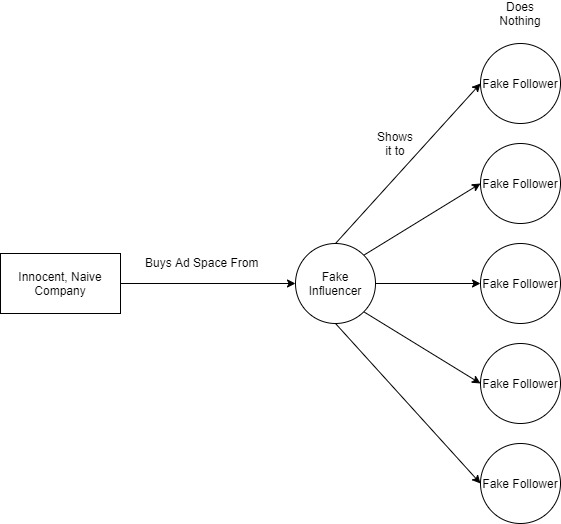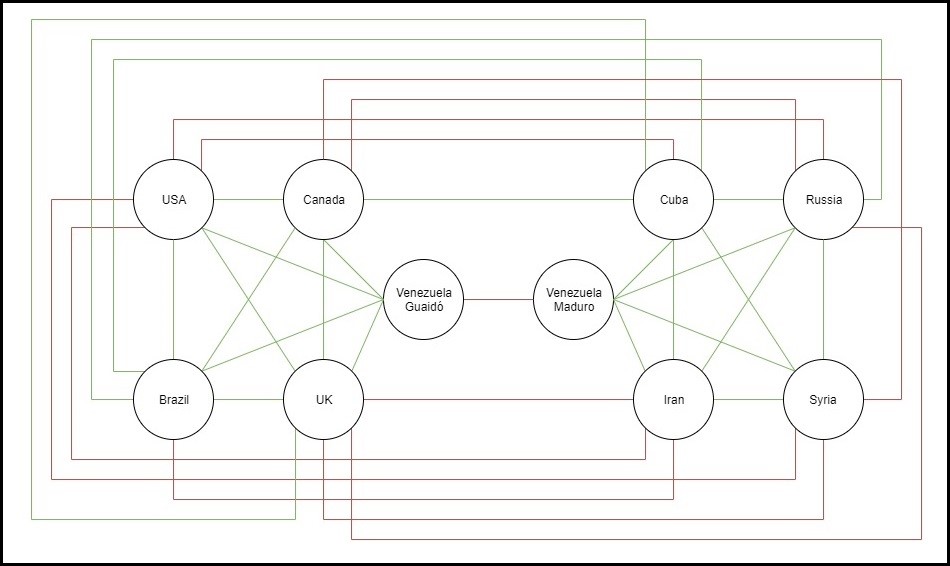Recently, we covered link analysis. While link analysis can provide a good heuristic of evaluating the so-called importance of a node, it does this through a quantity over quality approach as the value of a node as a hub or authority is directly related to the relevant degree. While quantity is important in many applications, there are examples where it would be important to factor in quality as well.
Let us look at social media, Instagram to be specific. It is an easy assumption that if you see an account being followed by millions of other accounts, that whoever owns this account must be something of a big deal <insert Anchorman gif>. Going the other way, even if someone didn’t have a lot of followers, but were followed by people whom had millions of followers themselves, then you could also assume that the former is a prominent individual to some capacity. This model could be translated to hubs and authorities from HITS.
It is not uncommon for people with large amounts of followers (authorities) to post advertisements on their accounts. Brands will partner with these authorities, called influencers, and pay them to run their ads running under the assumption that they are exposing their product or service to a large amount of people. But this may not be the case. It is a common practice for individuals on Instragram to purchase fake followers to make themselves look more important. So if a company were to run an ad through a fake influencer, all they are really doing is wasting their money as fake followers would not act on any advertisements. A report by Cheq, a cybersecurity company, has come to the conclusion that of the $8.5 billion spent on avertisements through influencers every year, about $1.3 billion is waster on fake influencers.

As time goes on, brands are becoming more cautious with how they select influencers to work with. In recent years, they have begun using tools to analyze how influencers get followers and who these followers are. What I think is really interesting, is that one of the red flags for a fake follower is when they follow thousands of people, which under HITS would give them a high hub score, but in this application, it should lower their value instead due to the high likelihood of them being fake. In addition to follower and following counts, the algorithms look at other factors including frequency of activity such as likes and posts.
While link analysis can be effective in numerous situations, without any aspect of quality included in, it may be difficult to apply correctly in other situations. I think that it isn’t out of the question to calculate a quality score for each node and use it as a factor in determining the authority and hub values. Given, this would be difficult and impractical using standard algorithms.

